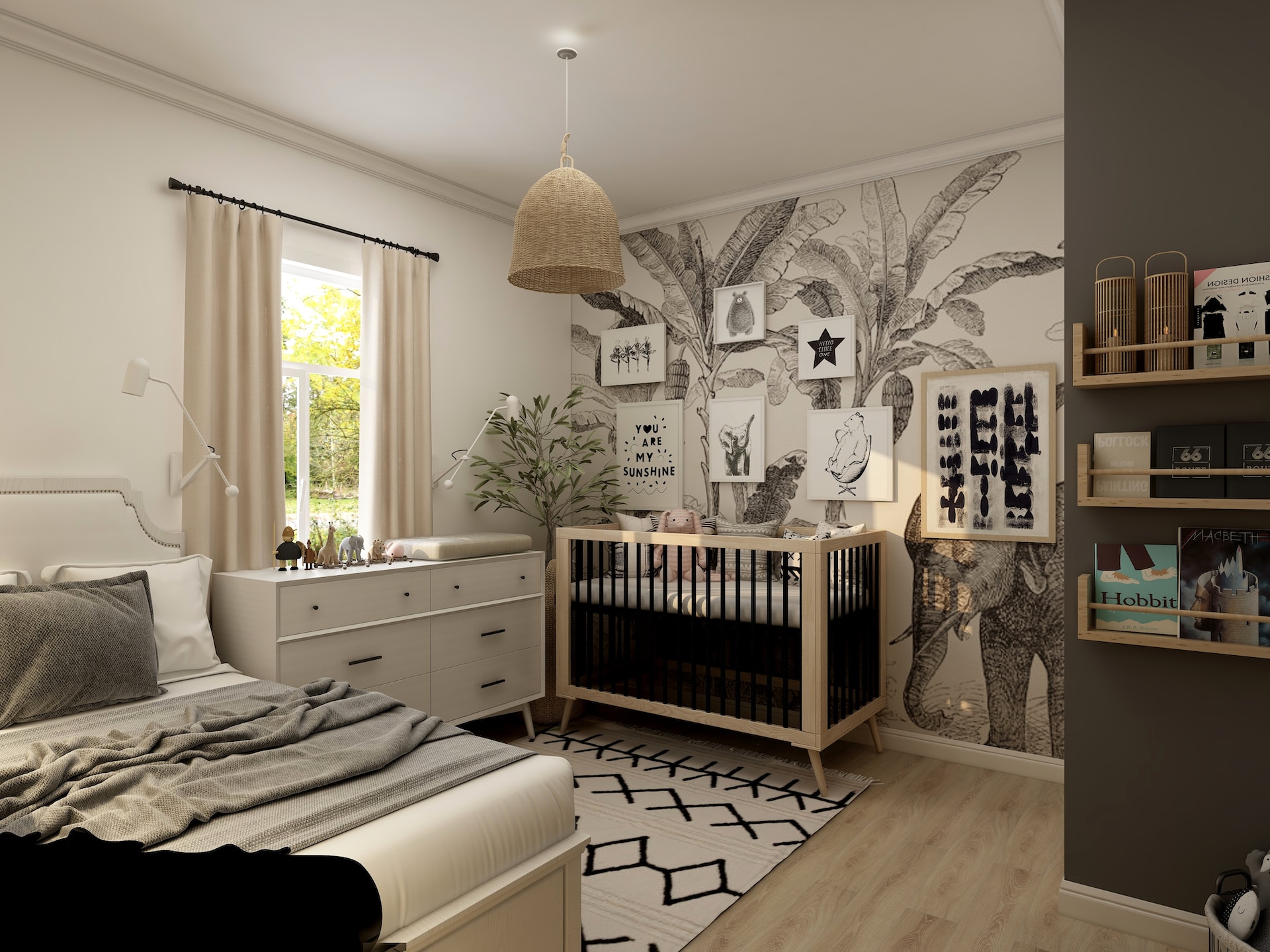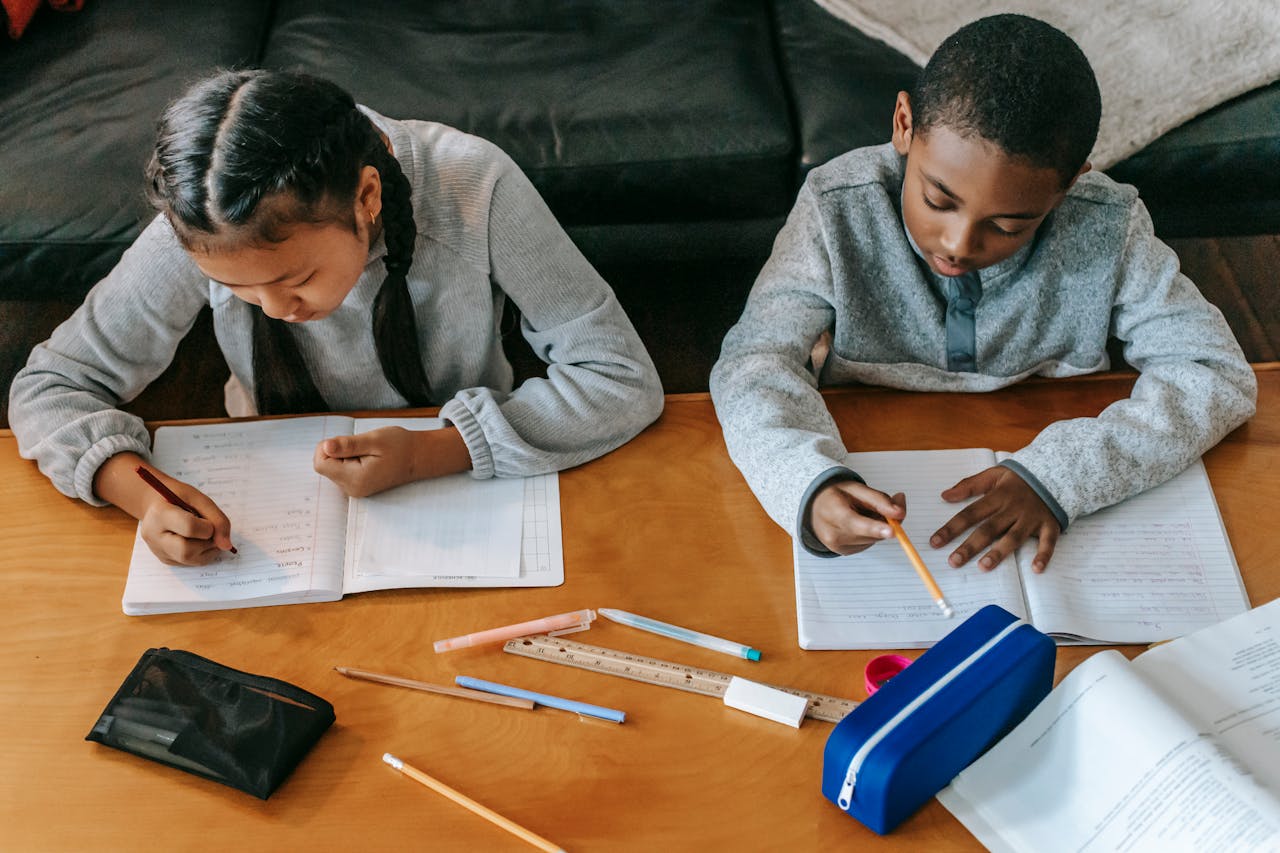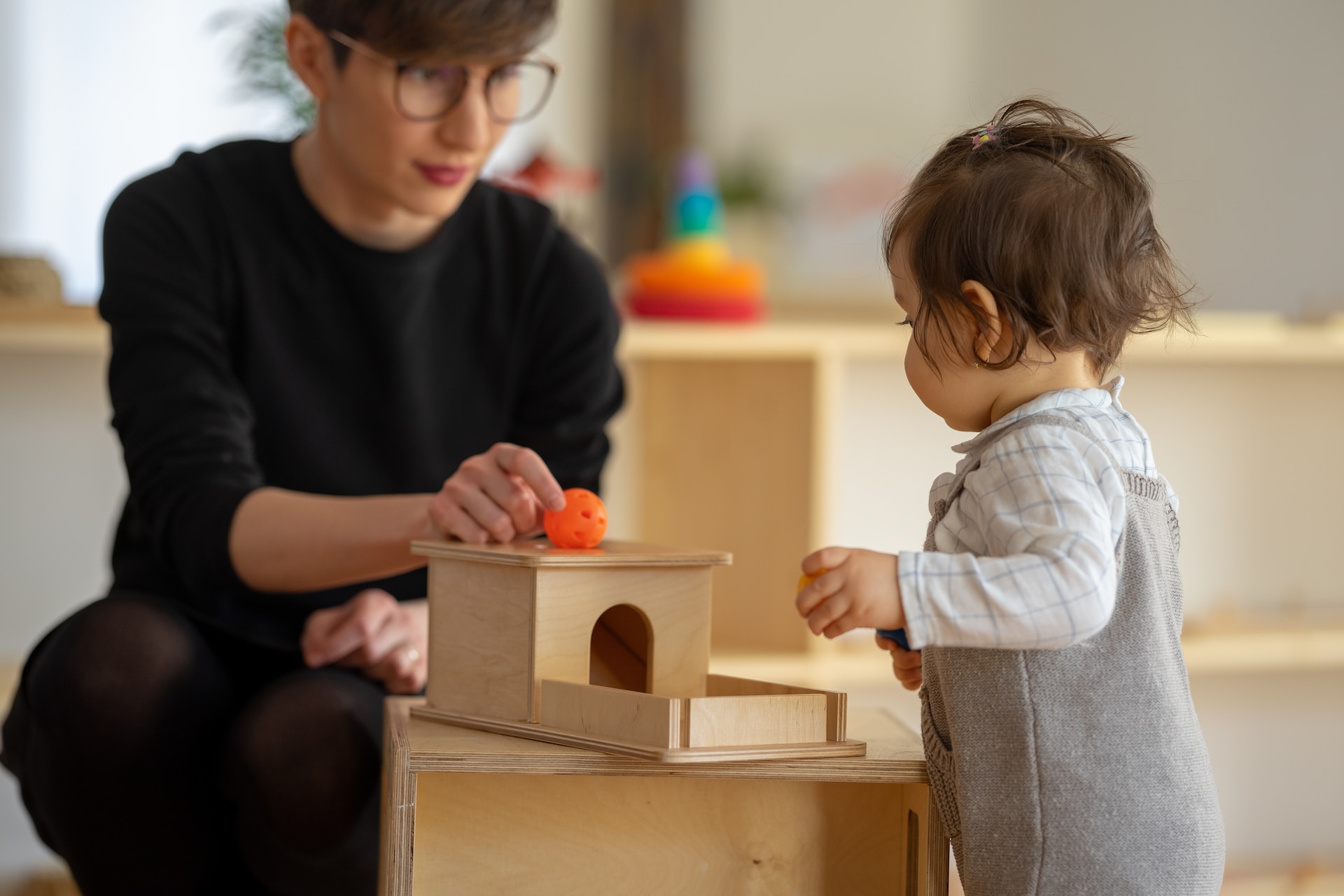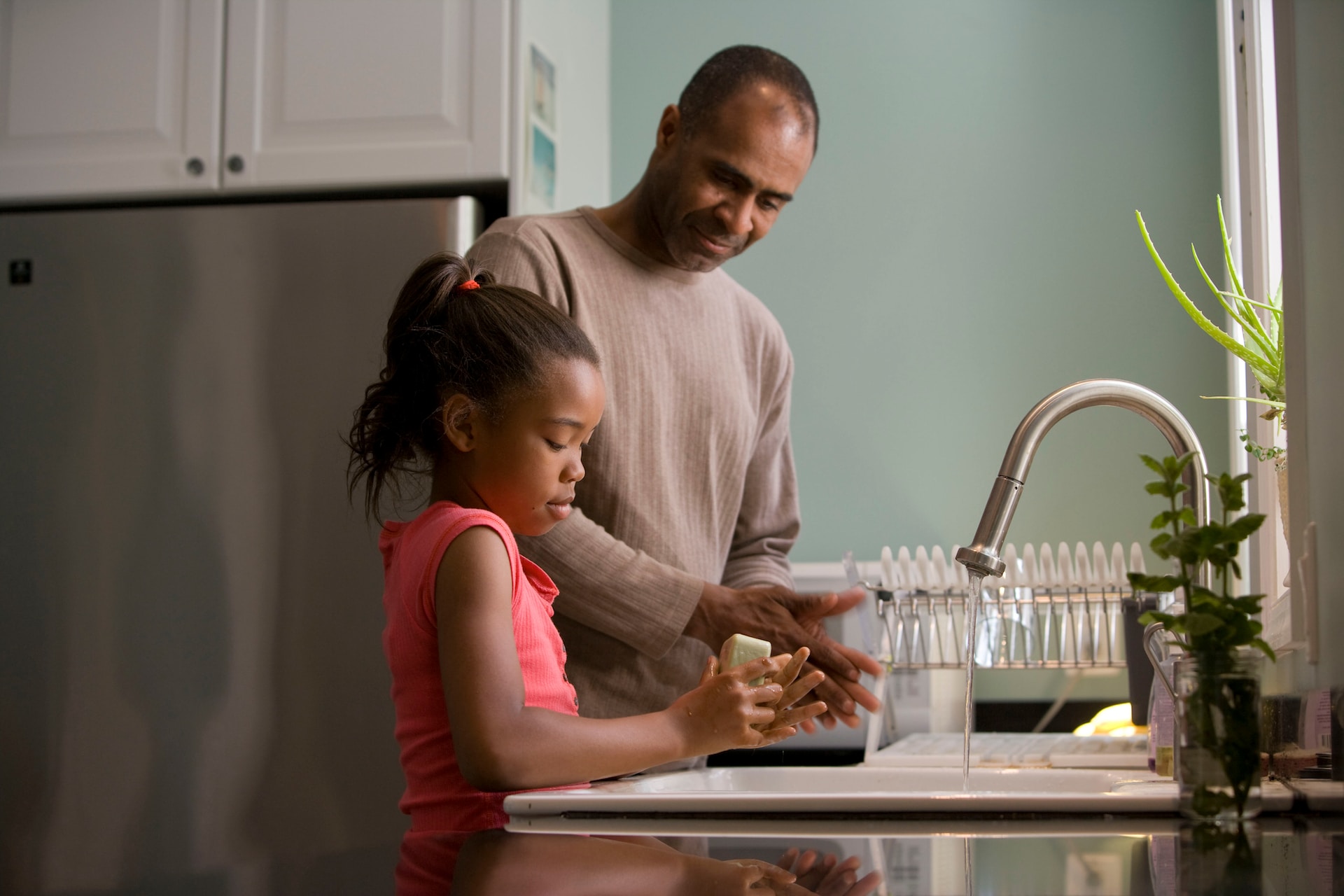Parenting might be one of the most highly personal and polarizing topics. There are many right ways to raise healthy children, and everyone has their own outlook on what style is the most effective for their families. More and more research shows that positive parenting has long-term benefits that outperform other parenting styles, resulting in a higher number of healthy, happy families with well-adjusted children. This article will go over different examples of positive parenting, tips, activities, programs, and more. Since almost 90% of people worldwide will become parents one day, it’s essential to keep working on doing it better!
Tips to Design the Perfect Home Environment for Positive Parenting
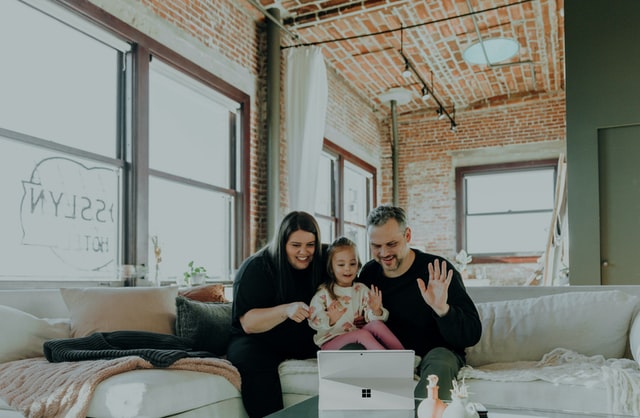
1. Create a Positive Home For Your Kids
What goes into creating a positive atmosphere? There are unlimited ways to get creative with your parenting, but using the ideas below is a great way to give yourself a guideline to make sure you’re staying on track despite the business and stresses of daily life.
Make your kids feel special every day! Spend quality time with them – even if it’s just 15 minutes, making time for dedicated moments with your kids, little or big, makes a huge impact.
Be intentional with setting an emotional environment in your home. It’s easy to allow the stresses of everyday life to overtake good habits. Make sure you check in frequently to keep things positive in your home environment.
As with most good parenting, teaching by example is key. Build a positive mindset by starting with yourself first, and you’ll set your kids up for their own success. Often, we show our kids examples of working hard, hustling, and grinding, but we forget to show them how to relax because we’re not doing that ourselves, either. Do both you and your kiddo a favor by showing both sides of the coin.
Create a safe place for your kids. Make your home a place free of bad words, yelling, and negative punishments. Over and above anything else, your home should feel safe for your family. That means physically and emotionally creating an environment of openness and kindness.
Part of positive parenting means creating a mental environment. This means fostering a home life that encourages safe learning, growth and development of mental and emotional skills.
Praise and encouragement are vital parts of positive parenting. Only commenting on your children’s schoolwork or creative pursuits when they don’t meet your expectations can make children feel like nothing is ever good enough, resulting in anxiety and perfectionistic tendencies. Children connect when encouraged with compliments, constructive praise, and feedback.
Your physical environment at home is also an important factor contributing to your children’s positive development. Regardless of the amount of space you have available, do your best to create a play space for your child. This might be a whole playroom or a corner of their bedroom, but having a specific space for them shows them that you value play and creativity and that you’re willing to put the time in to make things fun for them.
2. Positive Parenting
Positive parenting is a style of raising your children that doesn’t use yelling, harsh words, nagging or anger to control behavior. Instead, parents proactively fulfill their kids’ emotional needs with the idea that doing so will prevent much of that typical bad behavior in the first place. When, as it inevitably will, undesirable behavior does happen, positive parenting encourages consequences over punishments that foster self-development and growth in your child, rather than learning how not to get caught again.
What are the benefits?
Positive parenting aims to create a relationship based on respect and connection, not fear and anger. When your kids feel connected to you and have respect, the dynamic in your home is one of happiness and positivity, rather than avoidance and tension.
Positive Parenting Styles
There are two main styles – authoritative and developmental – within positive parenting that we focus on these as important contributors to a home environment. As a bonus, you might find that in a two-parent household, one of you naturally leans more towards one style and vice versa.
Authoritative parenting is characterized by firmness and warmth. This type of parent is firm with consequences but not punitive in their actions. They are also demanding but responsive and reasonable.
Developmental parenting focuses more on providing affection and being highly responsive and encouraging towards your child.
How do you implement positive discipline?
If the term positive discipline sounds contradictory to you, we get it! Positive parenting doesn’t mean there are no consequences. It means that the consequences provided should be fair, appropriate to the situation, and only given when the child could have reasonably accomplished the desired outcome.

3. Create a Positive Learning Environment
Decorating your child’s space in a way that is both interesting but not overstimulating is a great way to keep them engaged in the learning process. This might mean planning to change the decor more frequently as your child grows so that they continue to have an age-appropriate learning space. Here are a few ways that you can use to mix up your child’s space:
- Change up the room’s mood with furniture, artwork or just some colorful wall decor.
- Keep the space clean and organized since clutter produces physical and unconscious chaos.
- Use natural lightning – A naturally lit room boosts productivity, improves mood, and creates an overall tranquil atmosphere.
- Clear negative energy and bring in positive energy.
If you’re not the DIY type or just don’t have the time to make some of the changes you want to implement to create a more positive learning environment for your kids, you can always call a local handyperson for help. Generally, their rates are reasonable, and a small bill can save you from months of procrastination and guilt. We all need a little help sometimes!
4. Positive Learning
There are some tried and true ways to help keep on the positive parenting track. If you’re looking for a place to get started, or want to check in with yourself to see if you could be doing anything additional, here are some ideas to think about:
Give your child access to a variety of books:
- Picture books, fiction, nonfiction, etc.
- Visit libraries
- Show them that you read, too, so you can set a good example.
Provide rich sensory experiences:
- Listening games
- Puzzles
- Baking
- Gardening
- Movement
- Reading
- Bulk markers
Create a functional space for different activities:
Try to designate the following spaces for different types of activities. This will help ensure that your kids get a variety of activities to keep them engaged and places to help them relax.
- Bedroom
- Playroom
- Living room
- Outdoors
If you don’t have a ton of space, shoot for having a designated table for playing or a quiet corner of the bedroom for reading.
Use educational toys
Educational toys are games or objects that require your child to learn new skills like spatial awareness, memory, and communication to play. These include:
- Construction toys
- Memory games
- Board games
- Balls and beanbags
If you are planning on incorporating educational toys into your arsenal of positive parenting, or it’s just your little tyke’s birthday coming up, then I suggest you have a read on how to pick educational toys for birthdays.
Have a Schedule
Having a schedule helps your child to orient themselves in the world. They learn responsibility and gain a sense of security in routine. While this isn’t to say that there isn’t room for flexibility or a time to mix things up, the following are helpful times to schedule:
- Playtime
- Study and learning
- Self-care
- Family time
- Sleeping
- Eating
Talk About Your Culture
In New Zealand they teach kids about Matariki and this allows little ones to learn more about their own identity and to understand the greater and wider world.
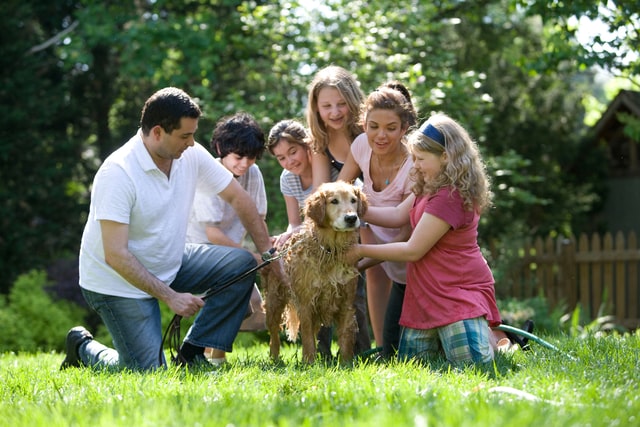
Encourage Outdoor Play
Children learn through their bodies and free play. Whether you live in an urban environment or out in the country, it’s essential for your child to be climbing, running, rolling, skipping, hopping, pushing, and hanging every day.
You might only have time to give them 15 minutes on a jungle gym or run around a playground – their daily activities don’t have to be hours and hours long, but it’s essential to give them time to play outside each day.
Allocate Chores
In order to be productive and supportive adults, children need to learn that a home runs well when the family shares the load and everyone does their part. Depending on your children’s ages, their “chore” might be handing you their toys so you can put them away, or it could be mowing the lawn or cleaning the kitchen. As long as each household member regularly contributes to the day-to-day workload, you’ll be teaching them the right lessons.
Chore time can also be fun! Chores don’t need to be a dreaded task if you find a way to make cleaning the house fun with music, dancing, or making it into a game. It might not happen with the level of efficiency you could achieve independently, but it can be a great way to bond with your kids while getting the necessary things done.
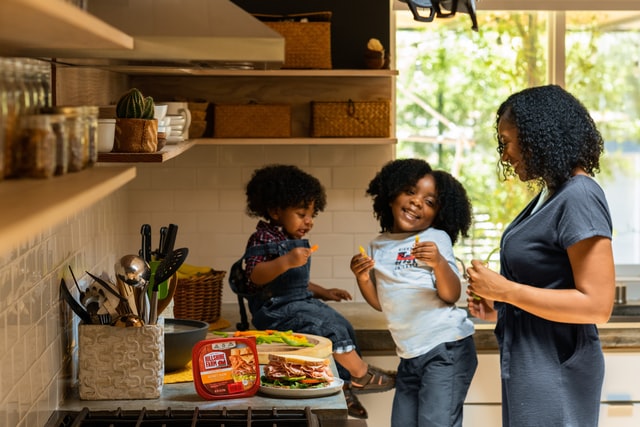
Positive parenting is a beautiful way to foster close bonds and lasting connections with your children. It will help both you and them to enjoy their childhood and keep your family close as everyone grows and goes down their own paths in life.

